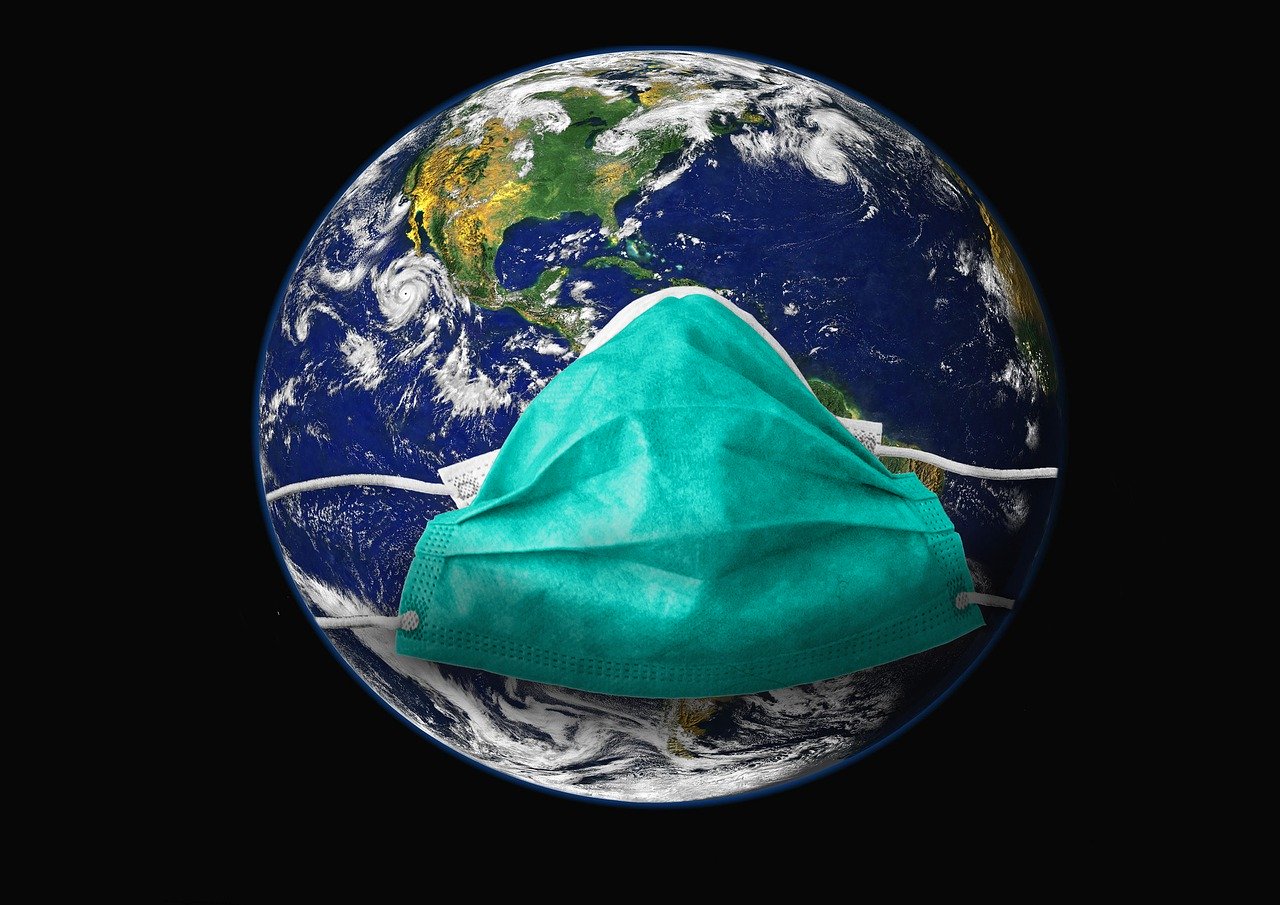All the forecasts existing for the financial year 2020 have been completely destroyed

Pandemic impact on global economies: analysis & forecast. Source: pixabay.com
All the forecasts existing for the financial year 2020 have been completely destroyed. Today the strongest economies of the world are steadily heading towards a recession. Experts have unanimously stopped wondering “if” and started predicting when that is going to happen. The estimates of the recession’s scope are fluctuating along with the daily COVID-19 updates.
Nevertheless, both business people and individuals eagerly look to at least rough forecasts of the economic future. This article will shed some light on the looming crisis in China, Europe, and the USA.
China
The largest manufacturer in the world and its second-largest economy, accounting for 16.3% of global GDP was the first to witness economic damage from coronavirus. Workforce shortages, supply-chain disruptions, and travel restrictions have hampered the normal functioning of most productive industries.
Experts from McKinsey&Company predict China’s GDP falling from 5.99 to 4.68 given the quick recovery of consumer demand. They believe effective national measures to fight the spread of the virus will help to restore consumer confidence and retail spending volumes already in Q2 of 2020. In a slow recovery scenario, GDP will fall as low as 3.82. In this case, consumer demand may be reduced until the end of the year.

Mainland China’s real GDP growth to slow to 3.9% this year. Source: flickr.com
The forecast of IHS Markit is closer to the second, gloomier, variant. IHS Markit projects mainland China’s real GDP growth to slow to 3.9% this year, with the economic rebound only in 2021. The latter will be possible only if the authorities intensify monetary stimulus and expand investment spending as promised.
Most experts agree that China will be the first country to overcome both the medical and economic consequences of coronavirus. The faster they get out the better since every slowdown in the Chinese economy sends tsunami waves across the global consumption market and all industries.
China’s share of global manufacturing value-added climbed from 6.7% in 2002 to 30.5% in 2019. Therefore, the current epidemic will have a larger negative effect on the global economy than the SARS outbreak in 2003.
Europe
The eurozone and UK economies were already unstable before the impact of the virus. Brexit turmoil, among others, has decreased consumer confidence and disrupted the usual course of business. The European real GDP was already on its last legs, increasing 0.1% quarter on quarter and 1.0% year on year in the fourth quarter of 2019. By the way, that was the weakest performance in six years.
Italy followed by Spain, with the highest number of deaths due to COVID-19 in the world, will suffer severely from the nationwide lockdown. Tourism, a crucial sector for those countries, is expected to face an adverse impact due to the global coronavirus fears.

The European real GDP was already on its last legs. Source: shutterstock.com
Germany will be also hit hard by a drop in exports to mainland China, especially a steep decline in light vehicle sales.
The projections for 2020 GDP are dismal. It may range from 0.09 to a maximum of 0.99, according to McKinsey&Company. For the full year, IHS Markit expects eurozone real GDP to fall 1.5% and UK real GDP to decrease by 0.7%, before recovering weakly in 2021.
USA
The US has replaced China as the country with the highest coronavirus cases on 26 March.
Fear and financial stress stemming from the spread of the COVID-19 have caused national panic, volatility surges, widening of risk spreads, and a 25% decrease in equity values, wiping out trillions in household net worth.
US real GDP is predicted to fall by 0.2% in 2020. The estimated numbers range from 0.45 to 1.34 depending on the further virus spread and the efficiency of the stimulus package proposed. Growth is not expected to return until the end of the year.

The US has replaced China as the country with the highest coronavirus cases on 26 March. Source: shutterstock.com
Long quarantines, travel restrictions, and social-distancing led to a sharp fall in consumer and business spending. Amid cutbacks and shutdowns over the coronavirus crisis, the unemployment level displayed a staggering 30% rise.
Moreover, the recent sharp drop in oil prices will hurt energy producers. Since the United States is a leader in the production, supply, and consumption of energy, its economy is likely to be negatively impacted.
SEE ALSO:








